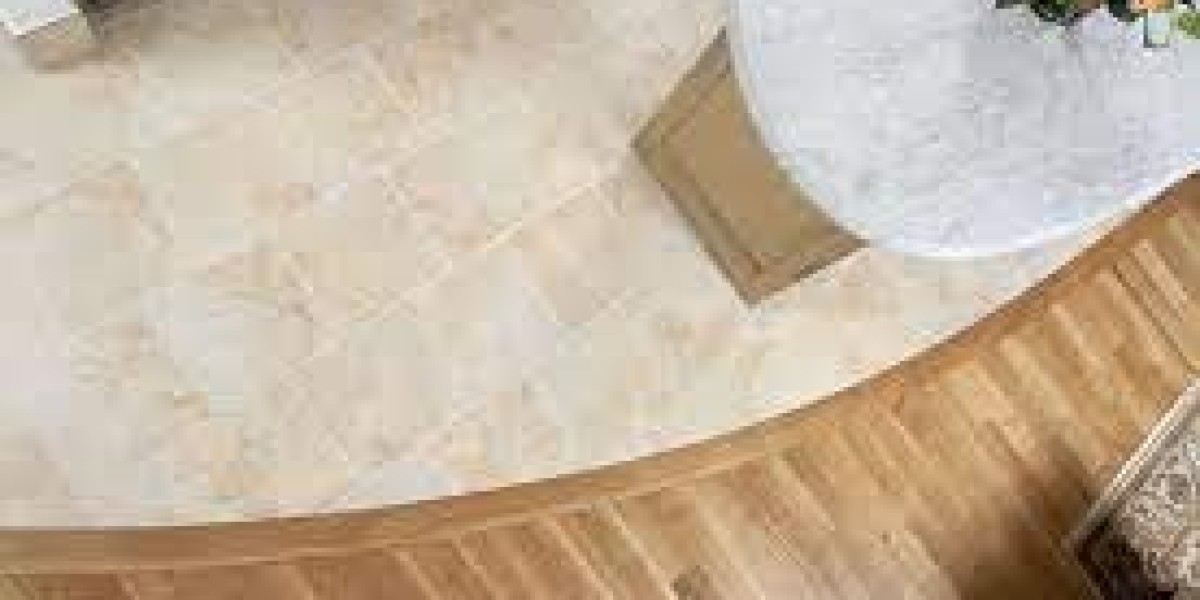Introduction: Whether you’re renovating a single room or designing an entire home, mastering the art of combining tile and wood flooring can elevate your space to new heights.
Step 1: Define Your Design Vision Before diving into the technical aspects, it’s essential to establish a clear design vision. Consider the overall style of your space—is it modern, traditional, rustic, or eclectic? Determine the color palette, texture preferences, and the areas where you envision each flooring material.
Step 2: Select Complementary Materials Choosing complementary tile and wood flooring is crucial for a cohesive look. Opt for wood and tile options that harmonize in color, texture, and style. For instance, if you prefer a contemporary aesthetic, sleek porcelain tiles and hardwood with minimal grain patterns can complement each other seamlessly.
Step 3: Identify Transition Zones Identify transition zones where the tile and wood flooring will meet, such as doorways, hallways, or open-concept spaces. Utilize transition strips or thresholds to create a smooth and visually appealing segue between the two materials. These transitions can be subtle or serve as design elements in their own right, depending on your preferences.
Step 4: Plan Layout and Installation Careful planning is essential to achieve a polished look when combining tile and wood flooring. Experiment with different layout options, such as laying tiles in a geometric pattern or creating borders with contrasting materials. Consider hiring a professional installer experienced in working with both tile and wood to ensure precise execution.
Step 5: Experiment with Patterns and Borders Incorporating patterns and borders can add visual interest and define separate areas within a room. Experiment with herringbone, chevron, or basket weave patterns using both tile and wood flooring to create focal points or delineate functional zones.
Step 6: Maintain Consistency in Maintenance While tile and wood flooring have distinct maintenance requirements, it’s essential to maintain consistency to preserve the overall aesthetic appeal. Follow manufacturer recommendations for cleaning and maintenance to prolong the lifespan of both flooring materials and keep them looking their best.
Step 7: Embrace Versatility The beauty of combining tile and wood flooring lies in its versatility. Don’t be afraid to think outside the box and incorporate unconventional materials or design elements to reflect your personal style. Whether it’s incorporating mosaic tile accents in a hardwood floor or using wood-look porcelain tiles in wet areas, embracing versatility can result in a truly unique and customized space.
Conclusion: Combining tile and wood flooring offers endless possibilities for creating dynamic, visually appealing interiors. By following these steps and embracing creativity, homeowners can achieve a harmonious balance of texture, color, and functionality. Whether you’re aiming for a contemporary vibe or a rustic charm, the fusion of tile and wood flooring can transform any space into a work of art.



